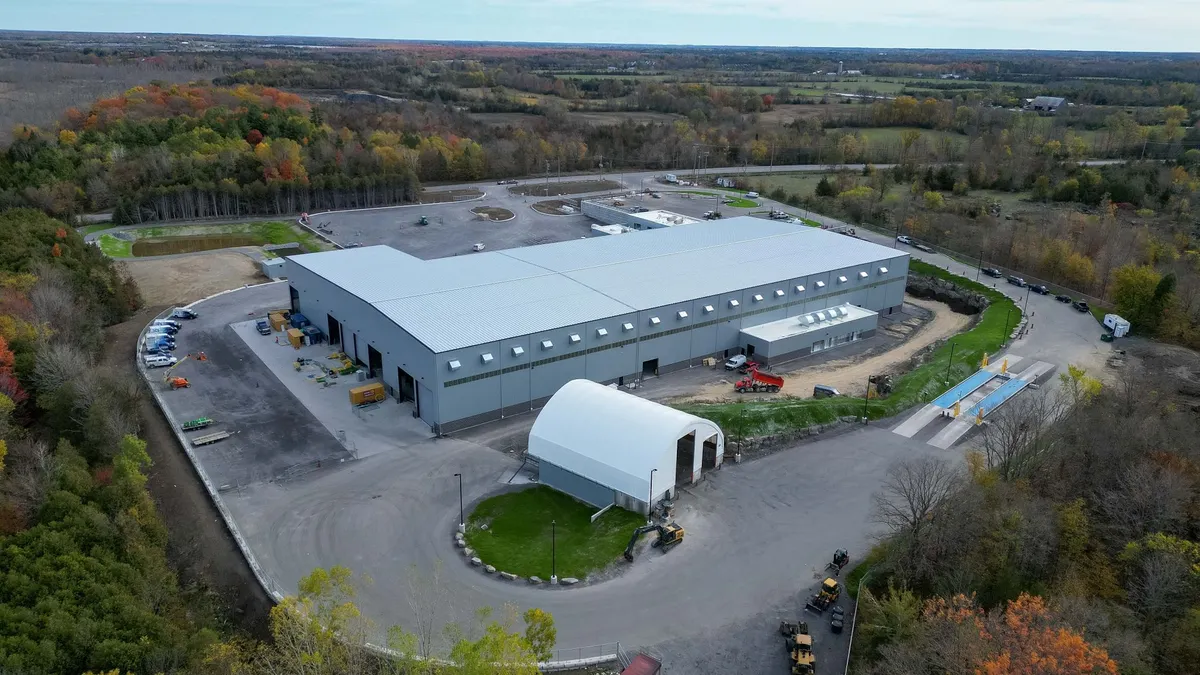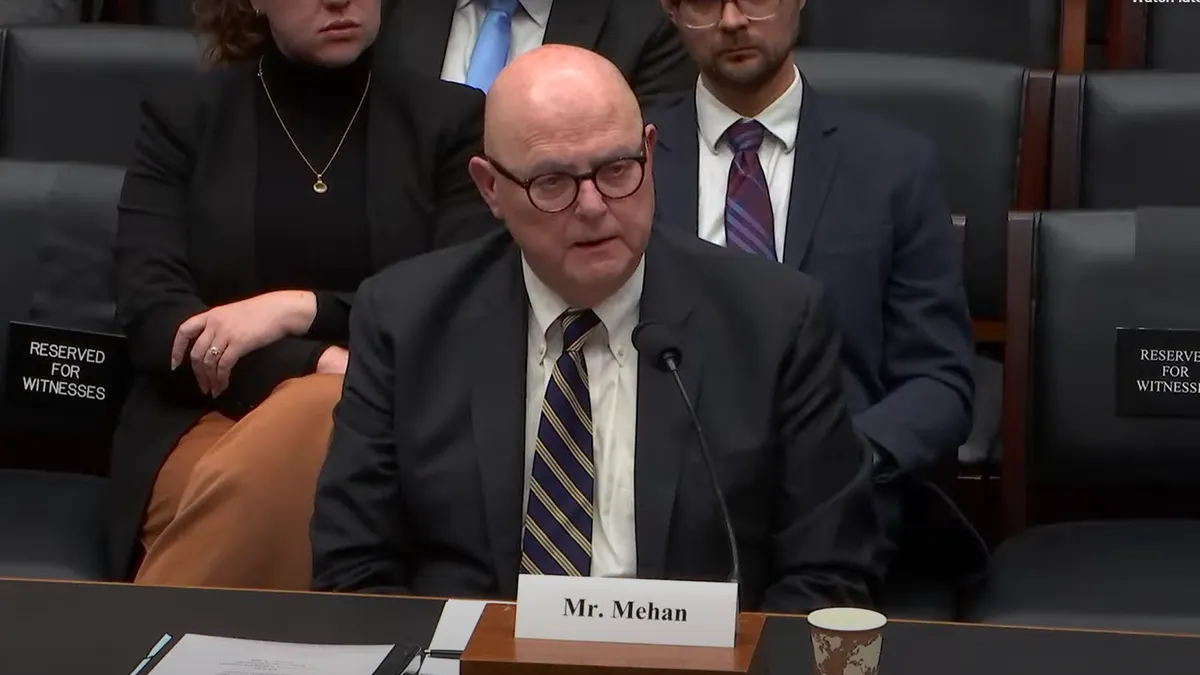Waste collection isn't glamorous work, but that doesn't mean it's not good work.
That is the message the waste industry wants to send, as companies are faced with a national truck driver shortage that shows no signs of improving any time soon. In response to this looming crisis, companies and trade associations have stepped up efforts to recruit talent by finding new ways to reframe a job that most people have written off — or not yet considered.
Until this message is spread, the pool of qualified applicants with a commercial driver's license (CDL) will continue to shrink. The American Trucking Association (ATA) said this shortage has more than doubled since 2011. Their latest annual report said the U.S. was short approximately 48,000 drivers in 2015 and estimated that the number will likely be much higher this year.
Strategies
As seen earlier this summer with Waste Management subsidiary Deffenbaugh Industries, the industrywide shortage can lead to temporary collection interruptions. Waste Management said staffing levels have since been addressed in that market by an adjustment in pay structure, but the issue is still a major focus for them across the country.
"Because we are in the waste industry, we’re competing for CDL drivers with everyone," said Melkeya McDuffie, Waste Management's vice president of talent acquisition, to Waste Dive. "If you are a CDL holder you have an opportunity to work for many companies that you think may have a more appealing brand."
McDuffie said this has been the top issue during her more than three years as vice president. Pay is usually less of a factor than personal preference, as new CDL drivers not wanting to do long-distance trucking often gravitate toward package delivery, bus driving or any number of other jobs that don’t involve hauling waste. Even qualified drivers that are hired may end up deciding the job isn’t for them, or taking their skills to another industry later.
In addition to general recruitment campaigns, Waste Management is one of many companies focused on recruiting from within and retaining good employees who may want to move up the corporate ladder. Yet they also recognize that any one company’s work on this may not be enough.
"This problem is a big one, well beyond this industry," said Sharon Kneiss, president and CEO of the National Waste and Recycling Association (NWRA). "How we have developed in this country is that the American Dream has really turned into going to college, so that has really left a deficit on the technical side."
In response to the challenges NWRA members are facing in finding new drivers, the association has formed a workforce committee for human resources representatives to discuss their approaches to the issue and developed a toolkit around recruitment and retention. They have also been working with the National Association of Manufacturers to share best practices and with Congress on broader technical education programs for youth.
Opportunities
While all of these efforts are key for meeting hiring needs in the short term, it's also imperative that the industry starts grooming new talent for the future. The average age of a truck driver is 49 and nearly half of the demand for new drivers is due to retirement.
The NWRA has been looking for new ways to hire veterans and pointed to recent changes by the Department of Transportation to make obtaining a CDL easier for those who have military driving experience.
David Biderman, CEO of the Solid Waste Association of North America, said that members have been talking about outreach for both drivers and mechanics a lot recently. He's noticed multiple companies advertising positions on social media and applauded the approach.
"I think we need to make efforts to make the industry more attractive to younger people who aren’t necessarily going to college," Biderman said. "I would strongly encourage other companies and local governments to consider unconventional hiring communication processes to attract candidates."
The Women in Trucking Association (WIT) has taken that idea a step further by targeting an even younger audience: Girl Scouts. Ellen Voie, president and CEO of WIT, worked to create a Transportation Patch to help young girls learn about the importance of freight hauling. She’s also been talking to Wal-Mart about the possibility of creating a truck driver Barbie.
Women only make up 6% of the truck driver population and the average age for female drivers (52) is higher than for men. This creates a big opportunity for recruiting young people from a huge pool of potential applicants.
"Women don’t even picture themselves in waste hauling and we’ve got to change that image," said Voie, who added that if she were a young woman looking for a job today she would get into the waste industry.
WIT lists Waste Management and Republic Services among its members and sees automated collection trucks as a possible selling point for applicants who may not be interested in heavy lifting. She also made the key point that pay equity should never be an issue when you have a CDL.
Benefits
Working on a collection truck is unquestionably challenging and sometimes dangerous, but leaders in the industry said this is only one side of the story. They’ve also been making an effort to show the job’s benefits by highlighting positive moments with customers and the opportunities for a good, stable career.
"Unlike virtually every other occupation in the U.S., the waste industry is remarkably recession-resistant. We as a country produce hundreds of millions of [tons] of trash per year," said Biderman. "We are a growing blue collar industry in a country where blue collar employment has generally been in decline."
More than 94,000 people recognized this in New York in 2014 when they signed up for the Department of Sanitation’s (DSNY) entrance exam. According to DSNY, 68,792 applicants passed and are now on a waiting list for one of the city’s most coveted civil service jobs. The position can’t be directly compared to other waste driving jobs as it offers uniquely strong union representation and benefits, but is still a sign that the average person will join the industry under the right circumstances.
Robin Nagle, DSNY’s anthropologist-in-residence and a former sanitation worker, emphasized that the job isn’t for everyone, but said it can be great for those who don’t want to sit behind a desk all day.
"You’re out on the street on your own, you’re outside in all weather which some people love," said Nagle. "Between those hours, if you’re doing the job well, the supervisors do not hound you and you’re kind of a free person in a way that in many employment contexts you are not."
In order to attract greater interest on a national level, Nagle said it will ultimately take more depictions of sanitation workers in popular culture and an overall attitude change toward the profession.
"If you are a ‘garbage man’ you have not succeeded," she said, calling that idea a misconception and the term an anachronism. "Once we put something in the category of ‘gross’ it’s kind of hard to give it a different definition."
Down the road
When curious job-seekers do catch on to the benefits of working in waste, the industry will always be ready for them.
"We're one of the few industries that can say these jobs are available in virtually every community nationwide," said Christopher Doherty, vice president and chief marketing officer for NWRA.
Though haulers and trade associations have been very active on this issue, they may need to step up their efforts. The ATA has said that an estimated 890,000 new hires will be needed over the next decade, with the potential for a shortage of 175,000 drivers in 2024 if trends continue.
"That's a very scary statistic for us," said McDuffie. "Because we're in the waste industry we've got to make sure that we're selling ourselves even more."


















